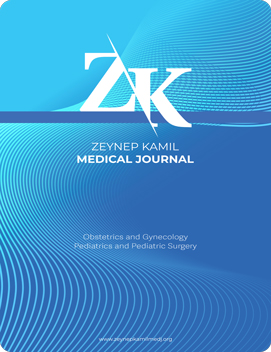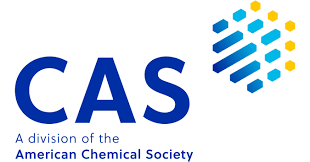Quick Search
Evaluation of the relationship between fetal sex and primary cesarean section rates
Can Ata1, Ufuk Atlıhan2, Onur Yavuz3, Hüseyin Aytuğ Avşar4, Tevfik Berk Bildacı5, Alper İleri6, Adnan Budak71Department of Obstetrics and Gynecology, Buca Seyfi Demirsoy Training and Research Hospital, Izmir, Turkey2Department of Obstetrics and Gynecology, Private Karatas Hospital, Izmir, Turkey
3Department of Obstetrics and Gynecology, Dokuz Eylul University Faculty of Medicine, Izmir, Turkey
4Department of Obstetrics and Gynecology, Tinaztepe University, Izmir, Turkey
5Department of Obstetrics and Gynecology, Izmir Democracy University Faculty of Medicine, Izmir, Turkey
6Department of Obstetrics and Gynecology, Tepecik Training and Research Hospital, Izmir, Turkey
7Department of Obstetrics and Gynecology, Health Sciences University, Tepecik Training and Research Hospital, Izmir, Turkey
INTRODUCTION: To investigate the existence of a relationship between fetal sex and primary cesarean section (C/S) rates.
METHODS: The demographic characteristics, birth records, and medical characteristics of 58,897 patients who gave birth in our hospital between January 2013 and December 2022 were retrospectively evaluated. A total of 14,045 patients who had a C/S during their previous births were excluded from the study. C/S rates and indications were evaluated according to the presence of male and female fetuses. Pregnancy outcomes of pregnant women in adolescent and adult groups were also assessed.
RESULTS: The mean birth length and birth weight in the adult group were found to be significantly higher (p<0.001 and p=0.008, respectively). The 1st-minute and 5th-minute APGAR scores of the adult group were significantly higher than those of the adolescent group (p<0.001 and p<0.001, respectively). A significant difference was found in the probability of primary C/S delivery between male and female fetuses in both the adolescent and adult age groups, with a significantly higher C/S rate observed in male fetuses (p<0.001 and p<0.001, respectively).
DISCUSSION AND CONCLUSION: C/S rates are becoming a public health problem in developing countries. It should be kept in mind that fetal sex influences pregnancy outcomes and C/S rates. Additionally, the frequency of some maternal, perinatal, and neonatal complications may be higher in adolescent mothers.
Manuscript Language: English
















